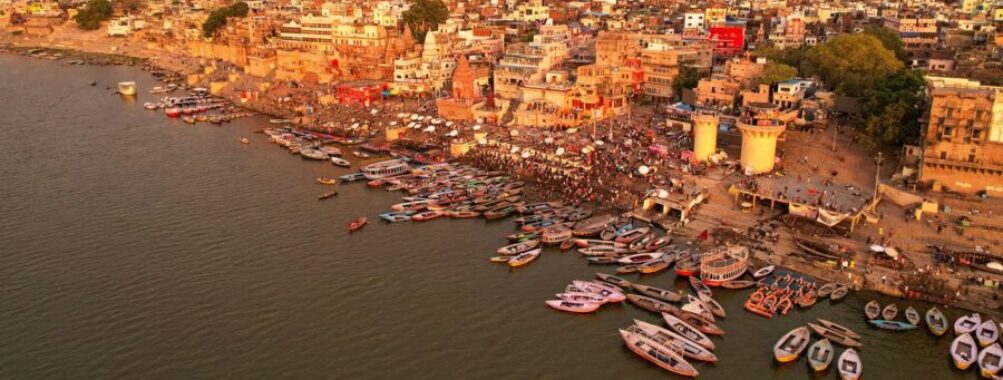
15 Least Accessible Travel Destinations
Planning a trip with mobility challenges? This comprehensive guide reveals the world’s most difficult destinations for wheelchair users, elderly travelers, and those with disabilities – along with practical strategies to navigate them if you’re determined to visit.
Table of Contents
- Quick Navigation
- Why This Guide Matters
- The Complete List
- 15. Bangkok, Thailand – Modern Ambitions Meet Ancient Infrastructure
- 14. Jerusalem’s Old City, Israel – Sacred Ground, Difficult Terrain
- 13. Cairo, Egypt – Pharaonic Wonders, Modern Obstacles
- 12. Lisbon, Portugal – Seven Hills, Seventy Thousand Challenges
- 11. Edinburgh, Scotland – Medieval Charm, Modern Challenges
- 10. Venice, Italy – Romantic Bridges, Accessibility Ridges
- 9. Marrakesh, Morocco – Medina Magic, Mobility Mayhem
- 8. Varanasi, India – Spiritual Heights, Physical Barriers
- 7. Havana, Cuba – Frozen in Time, Including Accessibility
- 6. Great Wall of China – Epic Wonder, Accessibility Blunder
- 5. Kathmandu, Nepal – Himalayan Views, Ground-Level Blues
- 4. Petra, Jordan – Rose City, Rough Reality
- 3. Santorini, Greece – Cliffside Beauty, Accessibility Futility
- 2. Galápagos Islands, Ecuador – Wildlife Paradise, Wheelchair Nightmare
- 1. Machu Picchu, Peru – Wonder of the World, Nightmare for Wheelchairs
- Key Takeaways
- The Harsh Reality
- Signs of Progress
- Planning Essentials
- Resources and Planning Tools
- Specialized Tour Operators
- Essential Apps
- Online Communities
- Final Thoughts
- Book Your Dream Experience
- More Travel Guides
- How We Ranked These Destinations
- The Complete List (15-1)
- Key Takeaways
- Practical Tips for Each Destination
- Resources and Planning Tools
Why This Guide Matters

Travel should be universal, but the reality is that many of the world’s most iconic destinations remain frustratingly inaccessible. As one accessible travel expert put it, “Disabled access is generally poor. There are high kerbs (10″ or higher) especially in the old town… pavements will run out or narrow… often none.”
We’ve analyzed 15 popular destinations through the lens of accessibility, scoring each across six critical factors:
- Wheelchair Accessibility (infrastructure, ramps, elevators)
- Public Transportation (accessible buses, trains, boats)
- Terrain Difficulty (flat vs. hilly, surface quality)
- Accommodations (accessible hotels and rooms)
- Medical Services (emergency care, hospitals)
- Inclusive Initiatives (government programs, improvements)
Note: Scores range from 1-10, where 1 = extremely poor and 10 = excellent
The Complete List
15. Bangkok, Thailand – Modern Ambitions Meet Ancient Infrastructure
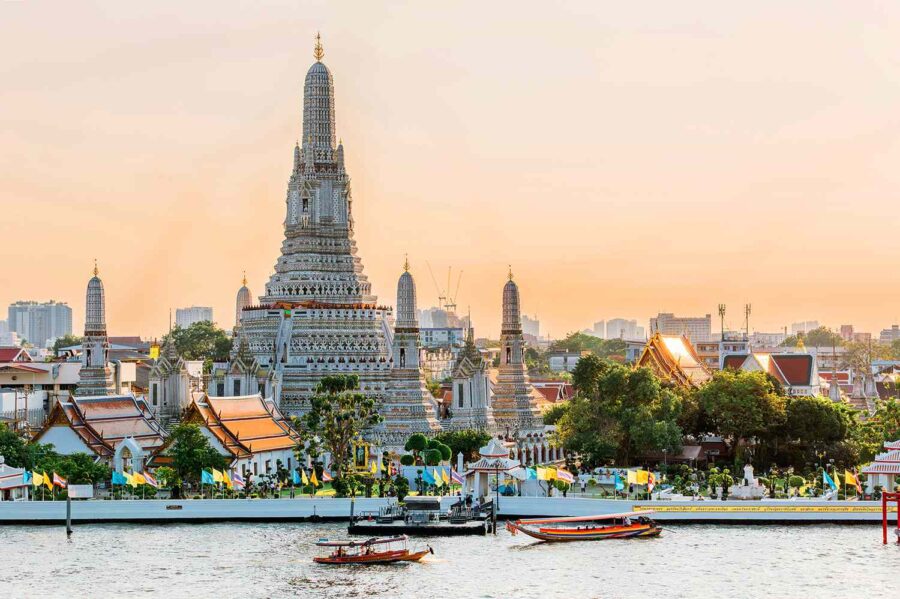
Overall Accessibility Score: 4.2/10
| Category | Score | Key Challenges |
|---|---|---|
| Wheelchair Access | 3/10 | High curbs, vendor-blocked sidewalks |
| Public Transport | 4/10 | Limited elevator access at stations |
| Terrain | 9/10 | Mercifully flat throughout |
| Accommodations | 8/10 | Many accessible hotels available |
| Medical Services | 8/10 | World-class hospitals |
| Initiatives | 3/10 | Slow infrastructure improvements |
Thailand’s capital is known as “one of the least accessible major cities in Asia” for wheelchair users. Picture this: You’re rolling along a Bangkok sidewalk when suddenly it’s blocked by vendor carts, forcing you into chaotic traffic. The newer MRT subway offers full accessibility with elevators, but the older Skytrain still lacks lifts at many stations.
Insider Strategy: Stick to accessible shopping malls (Siam Paragon, Terminal 21) which serve as air-conditioned navigation hubs. Many disabled visitors rely on accessible taxis or hotel vans rather than attempting public transport.
Recent Updates (2025): The BTS Skytrain has added elevators to 15 more stations, though coverage remains incomplete.
14. Jerusalem’s Old City, Israel – Sacred Ground, Difficult Terrain
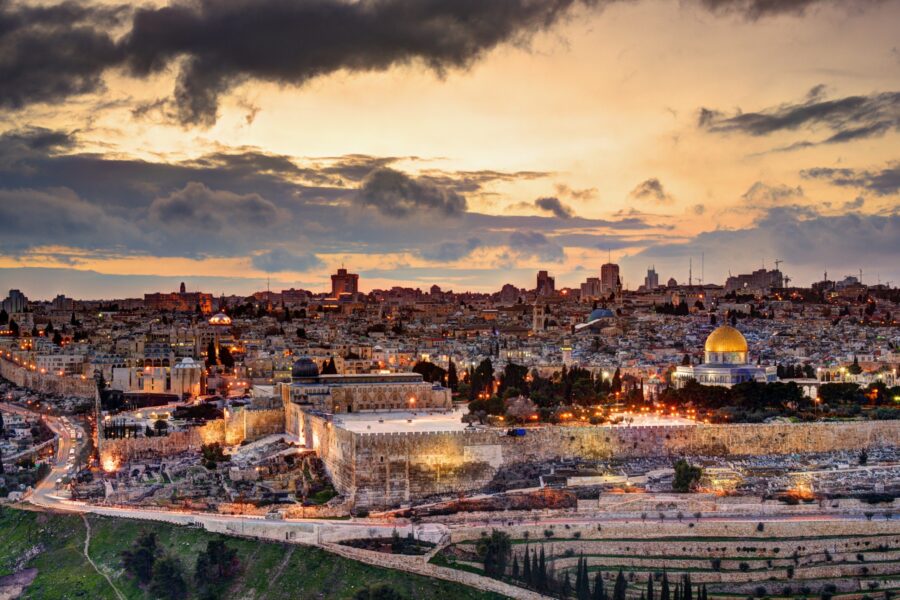
Overall Accessibility Score: 4.7/10
| Category | Score | Key Challenges |
|---|---|---|
| Wheelchair Access | 4/10 | Ancient stone steps, narrow passages |
| Public Transport | 4/10 | Limited access within Old City |
| Terrain | 3/10 | Steep inclines, uneven surfaces |
| Accommodations | 6/10 | Some accessible hotels available |
| Medical Services | 7/10 | Excellent nearby hospitals |
| Initiatives | 7/10 | Ongoing improvement projects |
The Old City’s millennia-old streets weren’t built for wheelchairs, but authorities have made about 6 km of alleys wheelchair-accessible through a decade-long project. The Western Wall Plaza is fully accessible with elevators, though reaching sites like the Church of the Holy Sepulchre still requires navigating steps.
Game-Changer: Electric carts now assist mobility-impaired visitors in certain areas, and handrails have been installed on sloping streets.
Local Tip: The kindness factor is high – locals often spontaneously help lift wheelchairs over obstacles.
13. Cairo, Egypt – Pharaonic Wonders, Modern Obstacles
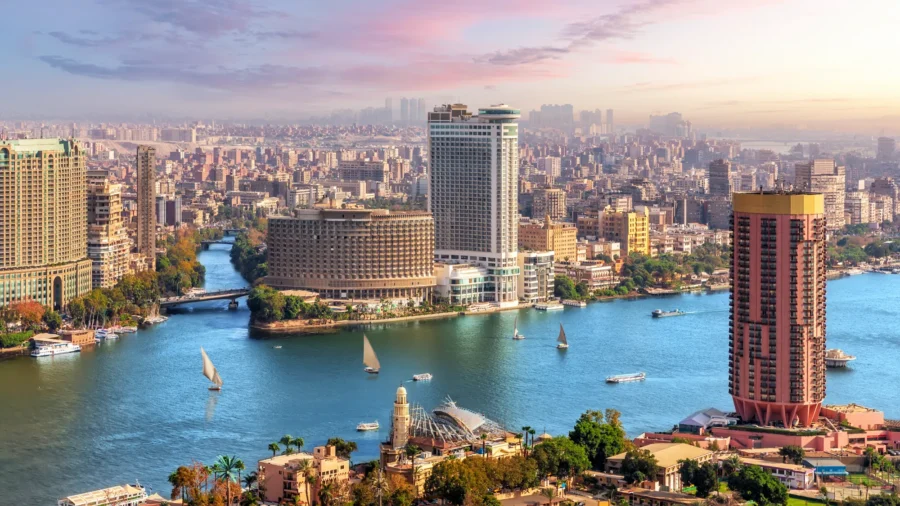
Overall Accessibility Score: 3.7/10
| Category | Score | Key Challenges |
|---|---|---|
| Wheelchair Access | 2/10 | Missing curb cuts, broken sidewalks |
| Public Transport | 2/10 | No accessible buses or metro |
| Terrain | 9/10 | Flat but surface quality poor |
| Accommodations | 5/10 | Limited accessible hotels |
| Medical Services | 6/10 | Decent hospitals, difficult access |
| Initiatives | 2/10 | Minimal government action |
Cairo’s accessibility nightmare begins at street level: sidewalks often elevated 10+ inches with no curb cuts, forcing wheelchair users into chaotic traffic alongside honking cars and weaving motorbikes.
Practical Reality: Most disabled visitors hire private accessible vans and guides. At the pyramids, expect sand and uneven surfaces – the new Grand Egyptian Museum promises better access when fully operational.
Silver Lining: Egyptian hospitality shines through – locals frequently offer spontaneous assistance.
12. Lisbon, Portugal – Seven Hills, Seventy Thousand Challenges

Overall Accessibility Score: 4.3/10
| Category | Score | Key Challenges |
|---|---|---|
| Wheelchair Access | 3/10 | Steep hills, cobblestone streets |
| Public Transport | 5/10 | Some accessible buses and trams |
| Terrain | 1/10 | Extremely steep gradients |
| Accommodations | 6/10 | Growing number of accessible hotels |
| Medical Services | 7/10 | Good healthcare system |
| Initiatives | 4/10 | Gradual improvements |
Known as “the city of the seven hills,” Lisbon “isn’t the most accessible destination” due to steep roads, cobblestone streets and narrow sidewalks. The famous calçada portuguesa (decorative cobblestones) create a bumpy, slippery surface for wheelchairs.
Accessibility Hacks:
- Use public elevators and funiculars to bypass hills
- The modern buses have retractable ramps
- Avoid iconic Tram 28 (not accessible)
- Stay in flatter Parque das Nações district
2025 Update: New accessibility map app “Lisboa Acessível” shows step-free routes.
11. Edinburgh, Scotland – Medieval Charm, Modern Challenges

Overall Accessibility Score: 3.9/10
| Category | Score | Key Challenges |
|---|---|---|
| Wheelchair Access | 3/10 | Cobblestones, high kerbs |
| Public Transport | 4/10 | Accessible buses, limited coverage |
| Terrain | 2/10 | Steep hills throughout |
| Accommodations | 5/10 | Variable accessibility |
| Medical Services | 7/10 | Excellent healthcare |
| Initiatives | 3/10 | Heritage preservation limits changes |
Edinburgh’s steep hills and cobblestones present constant challenges, with “few accessible public transportation options” adding to the difficulty. The Royal Mile slopes dramatically over uneven cobbles, while many Old Town sidewalks lack drop-kerbs.
Insider Knowledge:
- Use Waverley Mall’s elevator to transition between New Town and Old Town
- Edinburgh Castle offers mobility vehicle service for the steep interior
- Nearly all Lothian Buses are wheelchair accessible
- Stay in flatter New Town for easier navigation
10. Venice, Italy – Romantic Bridges, Accessibility Ridges
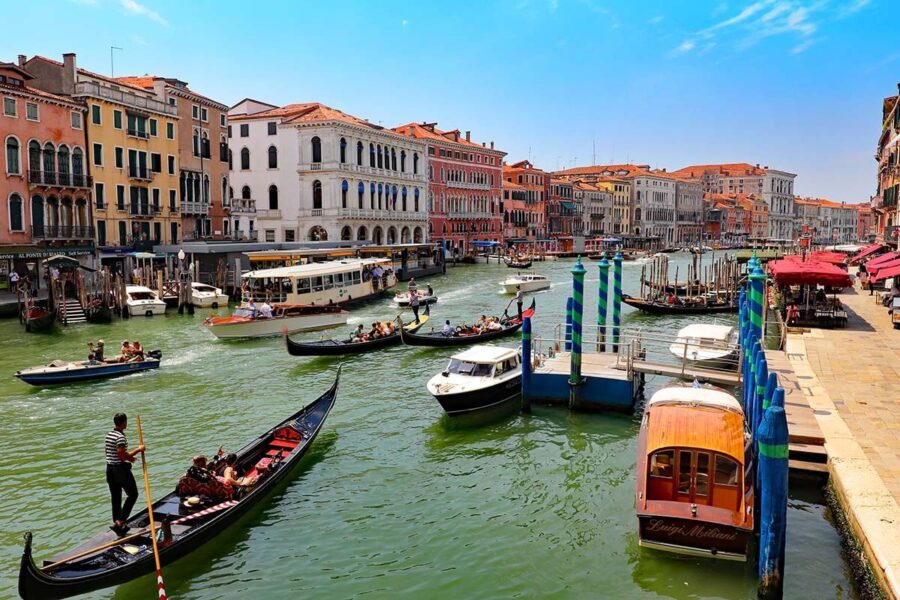
Overall Accessibility Score: 4.0/10
| Category | Score | Key Challenges |
|---|---|---|
| Wheelchair Access | 3/10 | 400+ bridges, most with steps |
| Public Transport | 5/10 | Accessible vaporettos (water buses) |
| Terrain | 2/10 | Bridges and uneven surfaces |
| Accommodations | 4/10 | Limited accessible hotels |
| Medical Services | 5/10 | Boat ambulances available |
| Initiatives | 3/10 | Some ramps being added |
Major Update: Thanks to ramps and public water buses, around 70% of the city is accessible! Venice has been installing permanent ramps on key bridges, creating a wheelchair route from Piazzale Roma to St. Mark’s Square.
Navigation Strategy:
- Vaporetto Lines 1 and 2 are most accessible (accommodate 4 wheelchairs)
- Some bridges now have (steep) ramps
- Water taxis offer adapted options
- Skip Rialto Bridge (all steps), enjoy it from water level
2025 Progress: Venice authorities have vowed to make the city’s main sights accessible to all, with a wheelchair-friendly route from the city’s main entry point to the iconic St. Mark’s Square.
9. Marrakesh, Morocco – Medina Magic, Mobility Mayhem
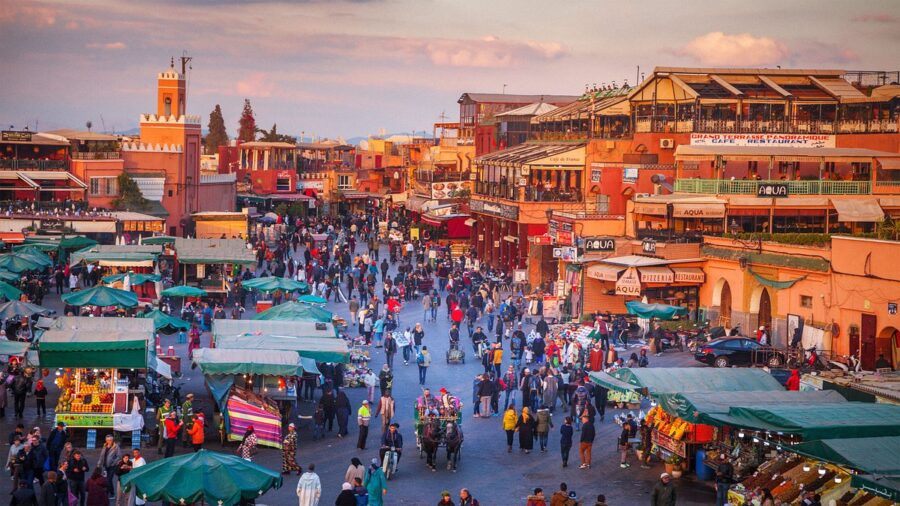
Overall Accessibility Score: 2.6/10
| Category | Score | Key Challenges |
|---|---|---|
| Wheelchair Access | 2/10 | No sidewalks, high curbs |
| Public Transport | 1/10 | Zero accessible options |
| Terrain | 9/10 | Flat but rough surfaces |
| Accommodations | 4/10 | Few accessible riads |
| Medical Services | 5/10 | Basic facilities |
| Initiatives | 1/10 | Minimal improvements |
The medieval medina assaults mobility: sidewalks suddenly end, dumping you into roadways alongside donkey carts and zooming mopeds. Accessible public transport simply doesn’t exist.
Survival Tactics:
- Hire private accessible van and driver
- Stay in modern Gueliz district hotels
- Visit Jardin Majorelle (fairly accessible)
- Expect to rely heavily on human assistance
Cultural Note: Moroccan hospitality compensates somewhat – locals often spontaneously help lift wheelchairs over obstacles.
8. Varanasi, India – Spiritual Heights, Physical Barriers
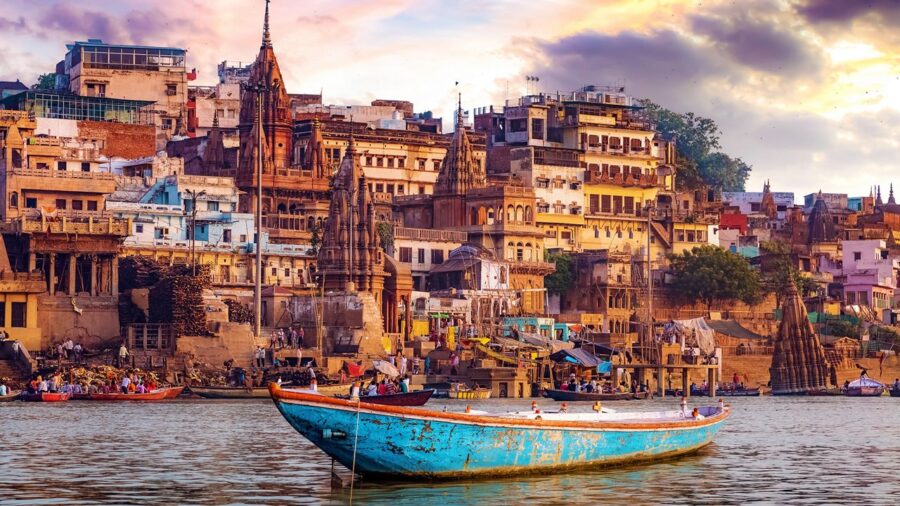
Overall Accessibility Score: 2.8/10
| Category | Score | Key Challenges |
|---|---|---|
| Wheelchair Access | 2/10 | Steps everywhere, narrow alleys |
| Public Transport | 1/10 | No accessible options |
| Terrain | 8/10 | Flat with poor surfaces |
| Accommodations | 3/10 | Very limited options |
| Medical Services | 4/10 | Basic facilities |
| Initiatives | 2/10 | Some temple improvements |
Varanasi is “not fully wheelchair-friendly, especially in the older parts of the city.” The famous ghats consist of endless stone steps down to the Ganges – completely inaccessible for wheelchairs.
Recent Improvements:
- Kashi Vishwanath Temple corridor now offers wheelchair access
- Assi Ghat has only 4-5 steps (most manageable)
- New Namo Ghat features ramps
Reality Check: Most of old Varanasi remains an obstacle course requiring significant assistance.
7. Havana, Cuba – Frozen in Time, Including Accessibility
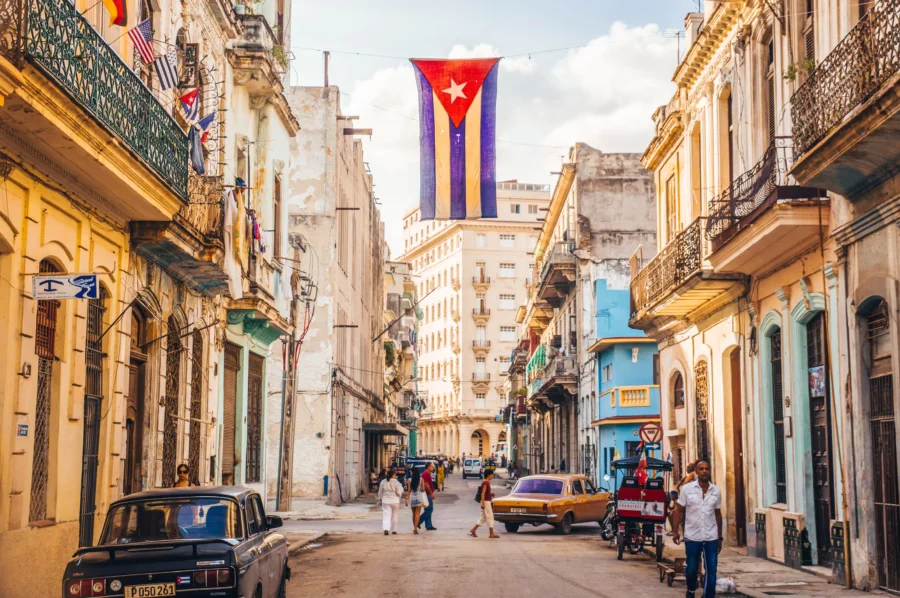
Overall Accessibility Score: 2.3/10
| Category | Score | Key Challenges |
|---|---|---|
| Wheelchair Access | 1/10 | No curb cuts, steps everywhere |
| Public Transport | 1/10 | Old buses with steep steps |
| Terrain | 8/10 | Flat but terrible surfaces |
| Accommodations | 2/10 | Very few accessible options |
| Medical Services | 5/10 | Doctors available, facilities basic |
| Initiatives | 1/10 | Minimal investment |
Havana has “virtually no curb cuts… 95% of businesses had at least one step up.” The romantic decay extends to infrastructure – expect broken sidewalks and missing slabs throughout.
Workarounds:
- Book one of the rare accessible casas particulares
- Vintage car taxis charm but don’t accommodate wheelchairs
- Rely on Cuban ingenuity and helpfulness
- Consider cruise ships (accessible terminals)
6. Great Wall of China – Epic Wonder, Accessibility Blunder

Overall Accessibility Score: 3.0/10
| Category | Score | Key Challenges |
|---|---|---|
| Wheelchair Access | 3/10 | Steep steps, limited ramps |
| Public Transport | 2/10 | Inaccessible buses |
| Terrain | 1/10 | Extremely steep, uneven |
| Accommodations | 4/10 | Beijing hotels accessible |
| Medical Services | 3/10 | Far from hospitals |
| Initiatives | 4/10 | Some Olympic-era improvements |
Accessible Options:
- Badaling section has ramped paths and elevators (when operational)
- Mutianyu offers cable car plus very steep ramp
- Since the 2008 Beijing Olympics, “several portions are now accessible” though “the majority of the wall is not as easy to navigate.”
Pro Tips:
- Call ahead to confirm elevators are working
- Hire specialized tour with extra assistance
- Consider viewing from accessible observation points
5. Kathmandu, Nepal – Himalayan Views, Ground-Level Blues
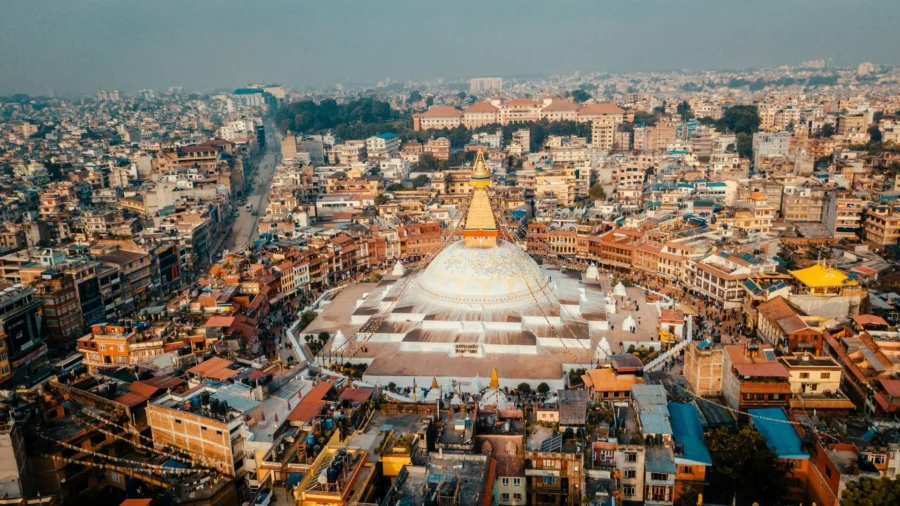
Overall Accessibility Score: 2.2/10
| Category | Score | Key Challenges |
|---|---|---|
| Wheelchair Access | 1/10 | No infrastructure |
| Public Transport | 1/10 | Completely inaccessible |
| Terrain | 7/10 | Flat valley, terrible surfaces |
| Accommodations | 2/10 | Rare accessible rooms |
| Medical Services | 4/10 | Limited facilities |
| Initiatives | 1/10 | Minimal progress |
One expert “would not characterize Nepal as ‘wheelchair-friendly’ or… recommend it yet as a destination for… mobility-impaired travelers.” Sidewalks often don’t exist, forcing everyone onto potholed roads.
Hard Truth: Kathmandu remains one of the world’s least accessible capitals. Visit only with extensive support and lowered expectations.
4. Petra, Jordan – Rose City, Rough Reality

Overall Accessibility Score: 2.3/10
| Category | Score | Key Challenges |
|---|---|---|
| Wheelchair Access | 2/10 | Sandy/rocky paths throughout |
| Public Transport | 1/10 | Not applicable |
| Terrain | 2/10 | Extremely rough, uneven |
| Accommodations | 3/10 | Few accessible hotels |
| Medical Services | 3/10 | Remote location |
| Initiatives | 2/10 | Limited due to preservation |
Golf carts help reach the Treasury, but “are not wheelchair accessible” – users must transfer and stow chairs. Beyond the Treasury, the site is largely inaccessible wilderness.
Making It Work:
- Use golf cart service to Treasury (requires transfer)
- Some hire all-terrain wheelchairs
- Bedouin guides offer creative solutions
- Accept you’ll see limited areas
3. Santorini, Greece – Cliffside Beauty, Accessibility Futility

Overall Accessibility Score: 2.0/10
| Category | Score | Key Challenges |
|---|---|---|
| Wheelchair Access | 1/10 | Hundreds of steps everywhere |
| Public Transport | 2/10 | No accessible buses |
| Terrain | 1/10 | Extreme vertical layout |
| Accommodations | 2/10 | Rare accessible rooms |
| Medical Services | 3/10 | Small island clinic |
| Initiatives | 1/10 | Minimal changes |
One traveler asked about wheelchair access; the response: “you would have to carry her pretty much constantly.” Most hotels require descending dozens of steps.
Alternative Approach:
- Stay in flat Kamari/Perissa beach areas
- Book accessible tours to viewpoints
- A few hotels like West East Suites and Aeifos Boutique offer elevator access
- Accept caldera towns are largely off-limits
2. Galápagos Islands, Ecuador – Wildlife Paradise, Wheelchair Nightmare
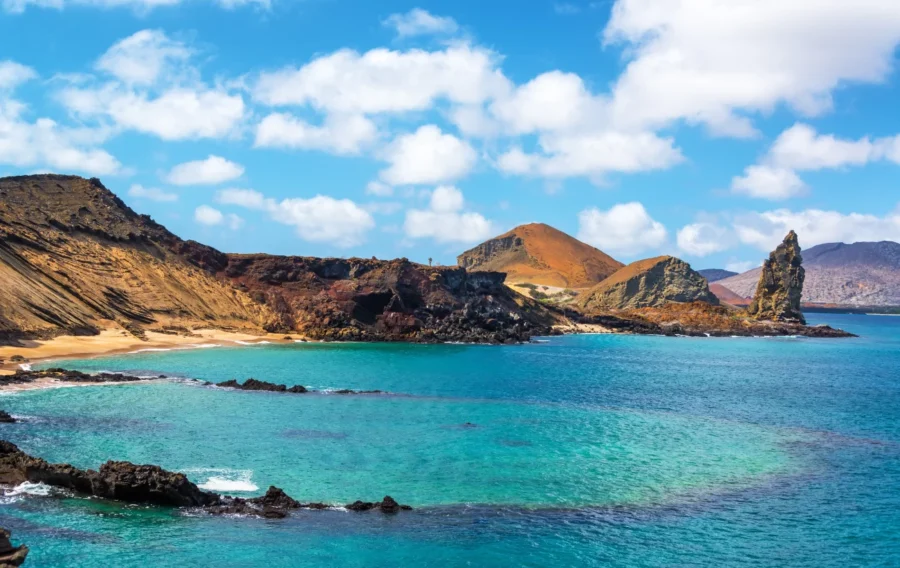
Overall Accessibility Score: 1.8/10
| Category | Score | Key Challenges |
|---|---|---|
| Wheelchair Access | 1/10 | No infrastructure |
| Public Transport | 1/10 | Small boats only |
| Terrain | 1/10 | Raw volcanic landscape |
| Accommodations | 2/10 | Very limited |
| Medical Services | 2/10 | Extremely remote |
| Initiatives | 1/10 | Conservation priority |
“The majority of Galápagos is not wheelchair accessible due to the terrain. Most of the islands involve walking on irregular jagged… lava rocks.” Wet landings require stepping into water; dry landings onto slippery rocks.
Limited Options:
- Specialized accessible cruises (rare, expensive)
- Modified experiences (viewing from boats)
- All-terrain wheelchair attempts (with major support)
- Accept severe limitations
1. Machu Picchu, Peru – Wonder of the World, Nightmare for Wheelchairs

Overall Accessibility Score: 1.8/10
| Category | Score | Key Challenges |
|---|---|---|
| Wheelchair Access | 1/10 | Stone stairs throughout |
| Public Transport | 2/10 | Limited train access |
| Terrain | 1/10 | Steep mountain setting |
| Accommodations | 2/10 | Few accessible options |
| Medical Services | 2/10 | Remote, high altitude |
| Initiatives | 1/10 | Minimal modifications |
As one writer noted, “it was built around 1450 so wheelchair access isn’t superb.” That’s an understatement – Machu Picchu is essentially a city of stone staircases.
2025 Updates:
- Circuit 3 allows exploring “buildings in the lower part of Machu Picchu” with fewer stairs
- Route 3B recommended for wheelchair users, though “support of at least two people is required”
- Some specialized tour companies offer carrying services
Reality: Even with improvements, visiting requires exceptional determination and support. Many experts advise admiring from afar if mobility is severely limited.
Key Takeaways
The Harsh Reality
- Infrastructure gaps remain massive in developing countries
- Historic preservation often conflicts with accessibility modifications
- Terrain challenges (hills, stairs, cobblestones) can’t always be overcome
- Limited medical facilities in remote locations add risk
- Human assistance often compensates for infrastructure failures
Signs of Progress
- Venice adding permanent bridge ramps
- Jerusalem expanding accessible routes
- Machu Picchu designating accessible circuits
- Technology enabling virtual tours as alternatives
Planning Essentials
✓ Research specific accessible routes and recent updates
✓ Book specialized tour operators with accessibility expertise
✓ Confirm accommodation details directly (never trust “accessible” claims)
✓ Arrange private transportation in advance
✓ Travel with companions who can assist
✓ Consider travel insurance with medical evacuation
✓ Pack portable ramps and essential equipment
✓ Lower expectations and celebrate small victories
Resources and Planning Tools
Specialized Tour Operators
- Wheel the World – Accessible tours globally
- Accessible Journeys – Focus on developing countries
- Enable Holidays – European specialists
- Disabled Accessible Travel – Custom itineraries
Essential Apps
- Wheelmap – Crowdsourced accessibility info
- AccessNow – User reviews of accessibility
- Google Maps – Now shows wheelchair routes
- Be My Eyes – Visual assistance app
Online Communities
- Wheelchair Travel Forum (Facebook)
- r/disabledtravelers (Reddit)
- Accessible Travel Forum (TripAdvisor)
- Curb Free with Cory Lee (Blog)
Final Thoughts
These destinations showcase both how far accessibility has come and how far we still need to go. While infrastructure challenges persist, the human spirit of assistance often bridges gaps. Each successful trip by a disabled traveler pushes these destinations toward greater inclusion.
Remember: Today’s “least accessible” destination could be tomorrow’s inclusive success story. By sharing experiences and demanding better, travelers with disabilities drive positive change worldwide.
Have you visited any of these challenging destinations? Share your experiences and tips in the comments below.
This guide is regularly updated with the latest accessibility information. Last major update: June 2025. For destination-specific updates, check our individual city guides.



